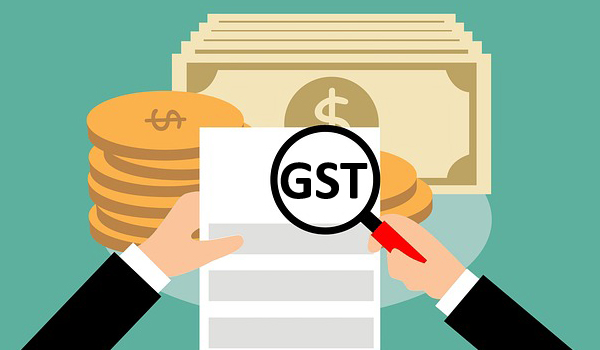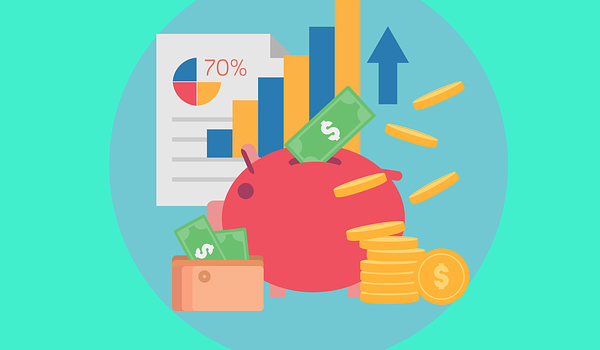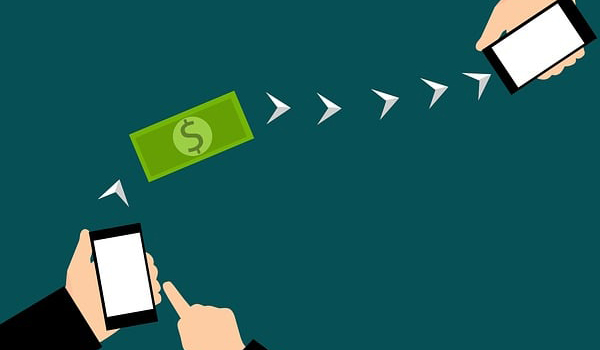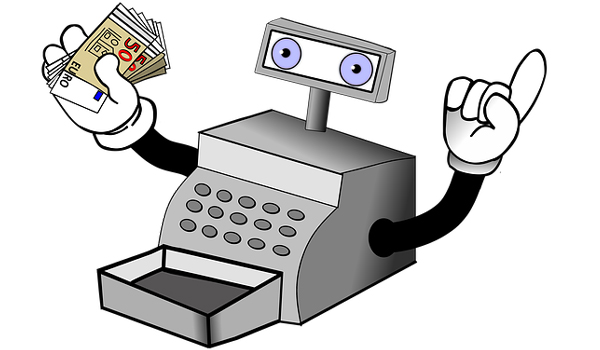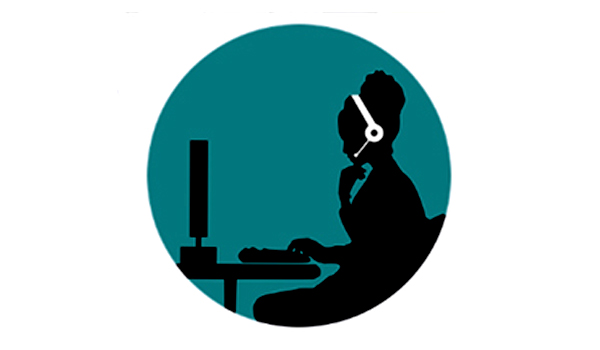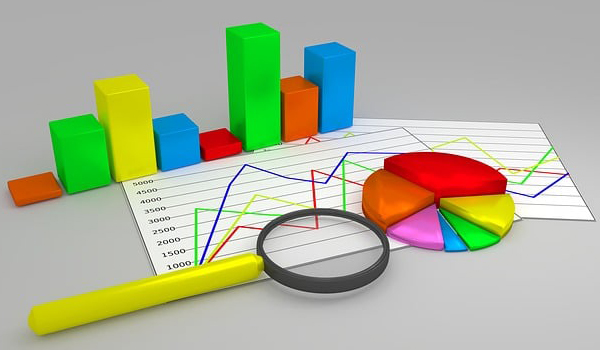Decoding the Complex World of B2B Buyer Journeys
The journey that buyers go through when purchasing products for their businesses is refer to as the B2B buying process.
Updated: September 22, 2023

B2B buyers operate very differently than consumers when it comes to the buying process. The process your prospects or leads go through is much more complicated when making a B2B purchase. Usually a lot of back-and-forth are involved as the seller continues to nurture and drive the leads down the sales funnel.
The behavior of the B2B buyers has changed drastically over the past years, as they are increasingly looking for a consumer-like digitized experience. Even bigger shift towards digital and remote engagement is expected due to the outbreak of the COVID-19 pandemic. New B2B sellers are now learning to adapt to the new norm, turning to digital means, and finding the best path to stay relevant to the changing B2B buyer behavior.
Although, digitization is no longer a nice-to-have, but it is a must be adopted by companies in every industry to bridge from surviving to thriving in the next era of business.
What is the B2B Buying Process?
The journey that buyers go through when purchasing products for their businesses is refer to as the B2B buying process. It is different from the B2C buying process in many ways. The differences between B2B and B2C buying and decision-making process include:
- Decision maker: There will be a procurement or buying team of 6 to 10 decision makers in a business for B2B buying whereas individuals and households are the decision maker in B2C buying.
- Motivations: Cost-benefit analysis is involved in B2B buying and it skewed towards rational whereas B2C buying can be based on impulse and skewed towards emotional.
- Sales cycle: B2B buying has longer sales cycle with more stages, not linear whereas shorter sales cycle with fewer stages are involved in B2C buying.
- Pricing and payment: B2B buying is usually tailored pricing that is negotiated on an individual basis whereas there is same pricing for all customers in B2C buying.
- Key driver: The key driver in B2B buying is relationship, product information, customer support, whereas product information, brand recognition are the key driver in B2C buying.
- Required knowledge: Required knowledge should be high for B2B buying and it often use of jargons, whereas low to moderate knowledge is required for B2C buying, and it uses less of jargons.
Areas where B2B and B2C customer buying behaviors converge include:
- Excellent customer service and after-sale support is valued by both.
- Both are turning towards a fully digitized seamless buying experience.
- Customer loyalty is an encompassing goal.
- The key engagement prerequisites are authenticity and credibility.
One of the most important things that you need to understand as a B2B seller is how to influence the B2B buying journey and develop your sales strategy with B2B decision-makers to build professional and long-term relationships.
Stages of the B2B Buying Process:
The B2B buying process has five distinct stages which is driven by the strategic decision making that is required for running a profitable business. These include:
Problem recognition:
Problem recognition is identifying the need or demand for goods or services which is involved in the first stage of the B2B buying process. This is not necessarily related to the operations of the business but to the desire to grow the business.
Different needs such as a lack of stock, a need to expand the product offering range for retailers, a need to replace an unreliable supplier or a need to source raw materials for manufacturing into final products could trigger problem recognition. A business will move onto stage two once it has come to the decision that they need certain goods or services.
Information search:
Buyers set out for initial research once they acknowledge their need, which aims to find the right products or services, as well as put together a list of potential options. This process can be time consuming. The detail of price, quality of goods, supplier reputation, range of products or services, and delivery options will be provided and compared in this process.
B2B customers searches for products or solutions in various ways, including traditional offline channels and digital channels such as vendor websites, search engines, and B2B marketplace. It has become more important for B2B sellers to build an online presence since B2B buyers are increasingly shifting towards digital.
Millions of business buyers are sourcing products in marketplaces using the site search every day. Therefore, it is essential for you as a seller to optimize your product postings for SEO in these platform and leverage promotional programs such as keyword advertising to get the advantage.
The buyers will need to compile and narrow down the options and move the stage three for further evaluation after have performed their searches and gathered all relevant information from the product details.
Evaluation:
The evaluation stage is the stage three of this process in which weighing up the advantages and disadvantages of each alternative option is included. The process of evaluation generally takes the longest compared to the other stages.
Product specifications including features and functionality, Pricing comparison, Quality assurance and demonstration, Inventory availability, Reviews and testimonials, Payment terms and Delivery terms are some of the factors that should be considered by B2B buyers when evaluating the different options.
The things that sets you apart from your competition must be identified as a seller so that buyers can easily see the difference and understand why you would be the right choice for them. You can make such important information readily accessible to potential buyers and increase your chances of closing the deal by showing high quality images and videos of your organization, positive customer feedback, and authoritative certificates on your mini-site.
B2B buyers reaching out to manufacturers and suppliers with an inquiry is often involved in stage three. This is the key opportunity for suppliers to convert an inquiry into a sale and win over a B2B buyer since each supplier will be asked to provide a response to a request for proposal or request for quotation in this stage. It is important for sellers to make sure you respond to the inquiry in a timely and professional manner and answer every specific question that the buyers have asked. The willingness to cater to your clients such as providing samples and flexibility with minimum order quantity will also show that you value your customers.
Purchase:
It is time to place the order once a supplier has been chosen which could be a one time purchase or part of an on-going supply chain commitment. The nature of the transactional stage is different for B2B and B2C buyers. The process in relatively simple and straightforward in the B2C eCommerce world as consumers pay the same price for the product as the other consumers. Consumers normally browse the products, select what they want to purchase, enter delivery information, proceed to checkout through online payment gateways, and then expect the products to be delivered in B2C process of buying.
Prices may vary and can be negotiated in in the B2B process of buying. Relationship with the buyer, payment and delivery terms, order volume and many factors are taken into consideration for the pricing structure. Often payment is not done at the time of the order but the customer receives an invoice in which mutually agreed payment terms are specified.
Although, business buyers are more willing to place orders online after the pandemic, many challenges are faced by B2B sellers due to the complexity of B2B transactions, when they are converting to eCommerce and trying to offer a fully digitized checkout experience for their buyers. Integrating with a quotation system, offering, flexible payment methods and terms, integrating with administrative systems such as invoicing, accounting, CRM, and ERP, Risks and fraud prevention are some of such challenges.
Orders from payment through delivery can be protected in some marketplaces by providing a secure payment platform for both the buyer and seller, ensuring products arrive at the final destination on time and as expected, and providing impartial mediation if there is a dispute.
Post-purchase activity:
Post-purchase activity is the final stage in the B2B buying journey in which customer feedback, product reviews, and satisfaction surveys are included. Sellers will be able to improve their service or goods and generate happy and satisfied customers by the help of post-purchase activity. Positive feedback should be greatly received and more inquiries and orders will hopefully created. Negative feedback needs to be appreciated and must be acted upon which will help you to set the tone for a long-term relationship with the customer and increase the likelihood of future purchases.
Conclusions:
Understanding the B2B buying process is essential for sellers since it will help you provide a better experience for your customer. You can make sales and maintain relationships with customers by enhancing this customer experience, which will help you increase your revenue and grow your business.
Using marketplace is the perfect solution if you are looking to improve the B2B buying experience for your customers with eCommerce since tools and features that streamline the process for the parties on both sides of the transaction is provided in these platform
